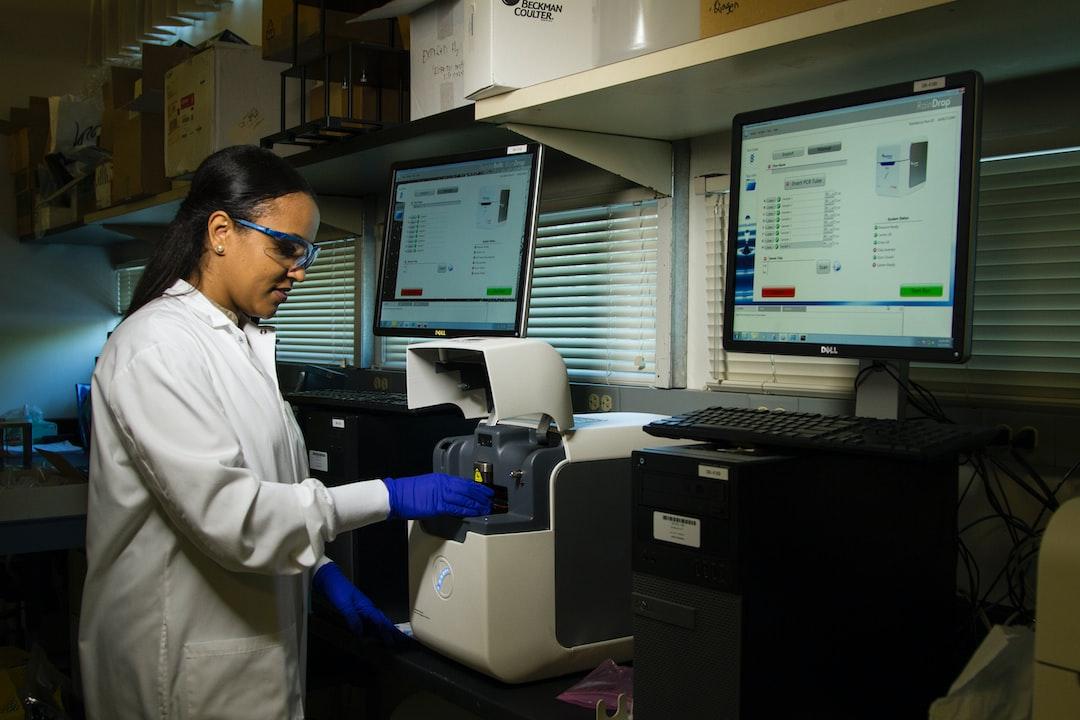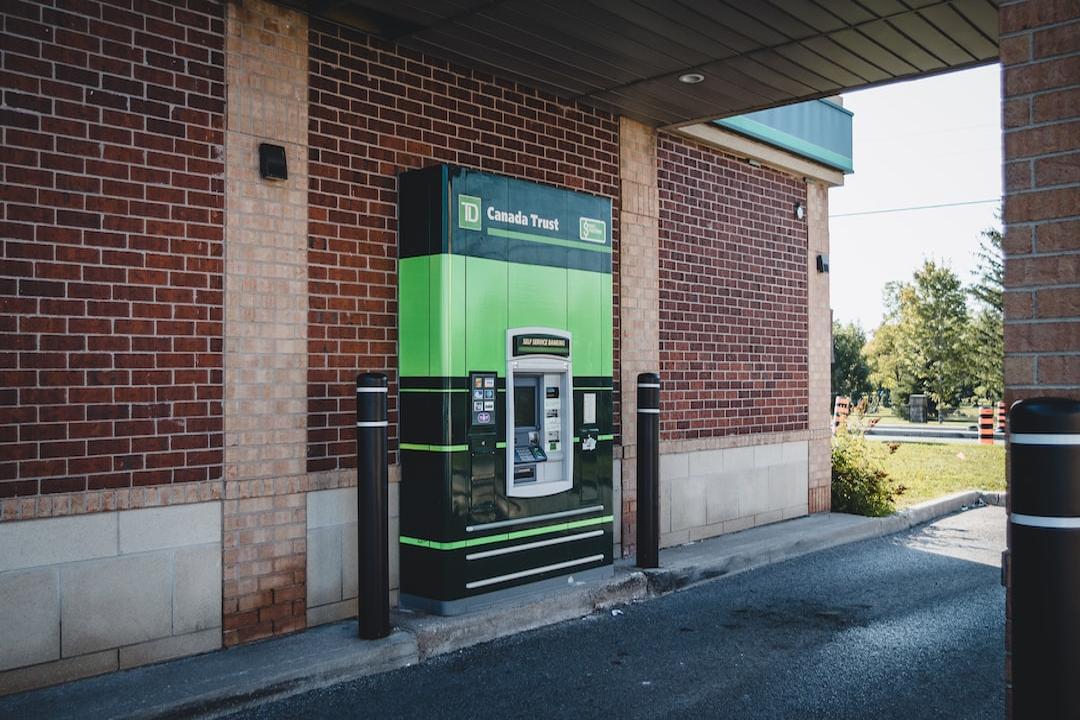Continued development of the application layer in the field of cryptocurrency will generate significant real-world value for crypto assets.
Table of Contents:
Application Layer
Bitcoin
Ethereum
Positive reflexivity
Splitting the application layer
Application matrix
Use cases for blockchain are in the top 3 quadrants.
Quadrant 1: Fully on-chain economy
Quadrant 2: Programmable finance
Quadrant 3: Off-chain applications
Developing the application layer
Ending the era of reflexivity
(Preface:
AI in the crypto field transforms into “first-class citizens,” advantages of crypto robot agents and front-end applications
)
(Background:
The rise of application chains: exploring the next frontiers of blockchain scalability
)
The general blockchain stores the state and provides the logic for that state, where the state is typically referred to as assets and the logic as applications. For example, Ethereum stores assets like Ether and Dai in its state and these assets can be used in applications like Uniswap and Aave. The state and logic together form what we call the application layer.

The crypto economy began with the emergence of Bitcoin in 2009. Bitcoin is a simple blockchain with limited state, inflexible logic, and inefficient infrastructure, which limits its applications.

Then came Ethereum, which introduced a flexible logic layer through its new blockchain-native virtual machine. It also allowed anyone to create their own crypto assets on the same network. Ethereum thus expanded the state and logic layers.

However, Ethereum’s infrastructure is still limited.
Since its founding in 2015, most of the Ethereum research community’s efforts have focused on improving its infrastructure to support the application layer. Rollups and Danksharding have increased throughput, account abstraction has enhanced user experience. MEV infrastructure can provide better price execution. However, after 8 years, many are still unsure about what we are building at the application layer. Sure, we can trade AAVE on Uniswap and borrow UNI on Aave. But where are the real-world demands? Where are the use cases?
To date, the blockchain has exhibited strong reflexivity. There is a wall between the crypto economy and the real world, making it difficult for cryptocurrencies to attract the real world beyond speculation. Previous bull markets, such as the DeFi boom from 2020 to 2021, were driven by speculation, with the explosive growth of new native tokens and protocols driving reflexivity: speculation drove activity, which in turn drove more speculation.
Reflexivity refers to a circular relationship between cause and effect. Reflexive relationships are bidirectional, meaning that the cause and effect mutually influence each other, making it impossible to determine which is the cause or the effect.

It is foreseeable that this loop cannot continue indefinitely.
Eventually, the party has to end, and positive reflexivity turns into negative reflexivity. Speculation is mistaken for product-market fit, while exploration of real use cases remains. Two years later, many are still searching for ways to scale on-chain activity. To understand how to develop the application layer, we need to study it more closely.
The application layer has two components: state and logic. The state is the data, and the logic is the computation. Both state and logic can be on-chain or off-chain. We present a four-quadrant matrix:

Each quadrant represents different applications. So far, most blockchain applications reside in Quadrant 1, which represents the use of native crypto assets in on-chain protocols. Quadrant 2 involves bringing real-world assets (RWA) onto the chain and using them in protocols. Quadrant 3 covers the use of native crypto assets off-chain. Everything else falls into Quadrant 4. If neither the state nor the logic is on-chain, then it is not a blockchain application.

Focused on the fully on-chain crypto-native applications. Currently, most on-chain activities fall into this quadrant. These endogenous applications are inherently reflexive, which is one of the reasons for the volatility and speculative nature of the crypto market.
From a positive perspective, this incentivizes users and developers to enter the crypto economy. Additionally, although these applications are cyclical, they do contain some real value.
While speculation and gambling are controversial, they are real use cases. However, we all hope that the crypto economy is not just an on-chain casino. Peer-to-peer payments can also be accomplished using native crypto assets, but stability and scalability are poor.
To move beyond speculation and inefficient financial services, we need to go beyond Quadrant 1.
Another category of blockchain applications is bringing real-world assets (RWA) onto the chain. These assets can benefit from the global, programmable, and composable nature of the crypto market. For those who question the value of native crypto assets, this quadrant is usually more understandable, as summarized by the slogan “blockchain, not crypto” or the meme of “tokenization.”
We refer to this quadrant as programmable finance. It involves developers bringing bonds, stocks, commodities, or other traditional financial instruments into programmable markets, thus unlocking more accessibility, expressiveness, and efficiency.
The most successful RWAs to date are centralized stablecoins. Stablecoins provide a cheap way to access the US dollar on a global scale and have been described as “killer apps” for cryptocurrencies. The total market value of USDC and USDT has reached $114 billion.
Programmable finance has been widely discussed in other areas. These applications have piqued institutional interest in blockchain technology and will be a major driver of its growth. But we believe they are just a part of a richer crypto economy.
The final category of applications is those with on-chain state and off-chain logic. These digitally native assets with off-chain applications are the most overlooked category of crypto assets.
The simplest example is social assets. In the last NFT craze, many NFTs were seen as representations of identity. Bored Apes, Punks, and other well-known NFTs allow their owners to showcase their status or indicate membership in exclusive communities. The challenge with these NFTs is that their social value is closely tied to price and novelty, which can quickly erode. Fortunately, this flaw is specific to those NFTs and not an inherent attribute of all social assets. A more mature crypto economy will provide more robust social assets.
The off-chain logic of social assets is how we behave off-chain. In this way, social assets serve as coordination tools. Since everyone agrees on the state of the Ethereum blockchain, we can adjust our actions in the real world around that state. For example, we can use social assets to provide opportunities for attending concerts or prove membership in communities like Zuzalu. The value of storing these social assets on the blockchain instead of a centralized database depends on the specific case, but it may benefit from the blockchain’s trust neutrality, sovereignty, permanence, censorship resistance, financialization, or interoperability with other parts of the crypto economy.
Applications in Quadrant 3 can also provide advantages of crypto technology. Consider gaming, where traditional games can support certain on-chain states while keeping most of the game logic off-chain. Then, these assets gain external demand through their in-game utility or social value.
Token gating unlocks more use cases. Friend.tech, despite its flaws, has achieved directional success in showcasing the new possibilities at the intersection of social assets and token gating. We suspect there are many exciting applications that can be built in this category. Another recent example is Orb Land. Orb is an NFT that provides exclusive access rights to certain celebrities. Orb owners have the right to ask questions to the respective celebrity at a certain pace (e.g., every 7 days). Orb also has an additional feature where the Orb market is a radical market that allows anyone to buy any Orb from someone else at a fixed price at any time.
The dePIN project for decentralized physical infrastructure is also in Quadrant 3. These tokens incentivize real-world activities such as mapping roads or installing hotspots, solving the cold start problem.
Not everything neatly fits into one of these quadrants. Every application has some degree of exogenous purpose. Again, there must be some real-world use case (some “off-chain logic”) for it to be considered useful. And in practice, most applications have their logic partially on-chain and partially off-chain. Nonetheless, as a mental model, we find this framework helpful in reasoning about the application layer.
Based on the latest developments in the ecosystem, we have formed two contrarian views on how the application layer should develop.
Our first contrarian view is that, for now, asset innovation is more important than application innovation. Yes, we need better decentralized exchanges. But more importantly, we need to create assets that are truly worth exchanging. The latter is an easier path to sustainable scaling of on-chain activity. We encourage more teams to bring novel assets on-chain.
Our second contrarian view is that, in the medium term, Quadrant 3 is more important than Quadrant 2. RWAs have vast potential in the crypto economy. But for now, we believe bringing native crypto assets into the real world is more important than bringing RWAs onto the chain. The former are “real-world assets” of their own kind and have more unexplored, unconstrained design space.
As Quadrant 2 and Quadrant 3 grow in proportion in the crypto economy, the market reflexivity will decrease. Once we have external demand for crypto assets and protocols, Quadrant 1 will become less cyclic. Suddenly, Uniswap is no longer just a speculative engine but also a decentralized business with relatively stable demand.
Real-world use cases weaken the reflexivity of the crypto economy, and over time, the market will become more non-causal. By “non-causal,” we mean that the demand for blockchain applications does not come from within the blockchain itself—this is the closest antonym we can find to “reflexive.”

The final state of the application layer will be far less reflexive than it is today and will generate significant real-world value. We will ultimately achieve this.

Related Reports
“Cryptocurrency + AI” Can Disrupt the Digital World? What are the Practical Use Cases?
Telegram vs. X (Twitter): Airplanes and Bluebirds, Who Will Fly to the End of Web3 Super Applications First?
What is “Asymmetric Encryption,” How Does it Differ from Symmetric Encryption, and What are its Applications? Why is it the Core of Blockchain Security?
Tags:
bitcoin
ETH
RWA
Blockchain applications


